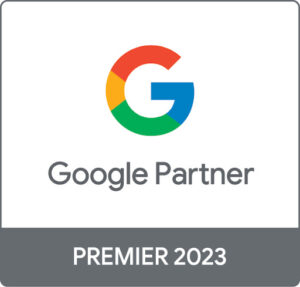
Google has unveiled a fresh approach aimed at elevating ad clarity, named “Limited Ads Serving.” Here’s a breakdown of what this means for advertisers and how it can shape their advertising strategies.
1. The “Get-To-Know-You” Period:
For advertisers unfamiliar or new to Google ads, there will now be an introductory period during which their ad impressions might be limited. This will be particularly enforced when the relationship between the advertiser and the brand mentioned in their advertisement is ambiguous. In essence, this move is designed to eliminate any potential confusion for users when they encounter an ad.
Implication: New advertisers, especially those referencing well-known brands, need to be prepared for a potentially slower start on Google Ads.
This could also limit people who advertise for affiliate links as they are promoting another brand.
2. Focusing on Transparent Advertisers:
Under this new policy, when users search for specific brands or services, the majority of ads they encounter will come from established advertisers known for policy compliance. More recent or less transparent advertisers might face limited impressions as they establish their reputation on Google’s platform.
Implication: Trusted advertisers with a history of transparency and policy adherence will likely benefit, while newer players will need time to build their standing.
3. Aiding New Advertisers in Building Trust:
Google’s goal isn’t to discourage new advertisers. Instead, it’s to ensure that these newcomers have an opportunity to foster user trust before they’re given full advertising reach. If adversely affected by this policy, advertisers will be alerted and guided on achieving qualified status.
Implication: New advertisers must prioritise establishing a trustworthy track record on Google’s platform to ensure they achieve better ad reach.
4. Tips for Clearer Ad Creation:
Google suggests advertisers, especially newer or lesser-known ones, pin their domain to their ad titles. This simple tweak can drastically boost clarity, ensuring users know who’s behind the ad.
Implication: Even small changes like tweaking the ad title can significantly impact its effectiveness and trustworthiness.
5. How Google Assesses An Advertiser’s Track Record:
Google will weigh:
- User feedback: The positive or negative feedback given by users on ads.
- Advertising history: Adherence to Google’s advertising guidelines over time.
- Advertiser identity verification: Completing Google’s verification process is crucial to building trust.
Implication: Maintaining positive user feedback, adhering to advertising policies, and completing identity verification are essential for advertisers looking to establish a solid reputation.
6. An Open Platform:
Despite the new policy, Google assures that no ads will be blocked or removed. Google will only apply restrictions in specific circumstances where there’s potential for brand identity confusion.
Implication: While the policy seeks to refine ad clarity, Google remains dedicated to ensuring its platform is welcoming to all advertisers, old and new.
Conclusion:
Google’s “Limited Ads Serving” policy ultimately seeks to enhance the advertising experience for both users and brands. Advertisers are encouraged to understand these changes fully and adapt their strategies to align with Google’s quest for greater transparency and clarity in online advertising.








